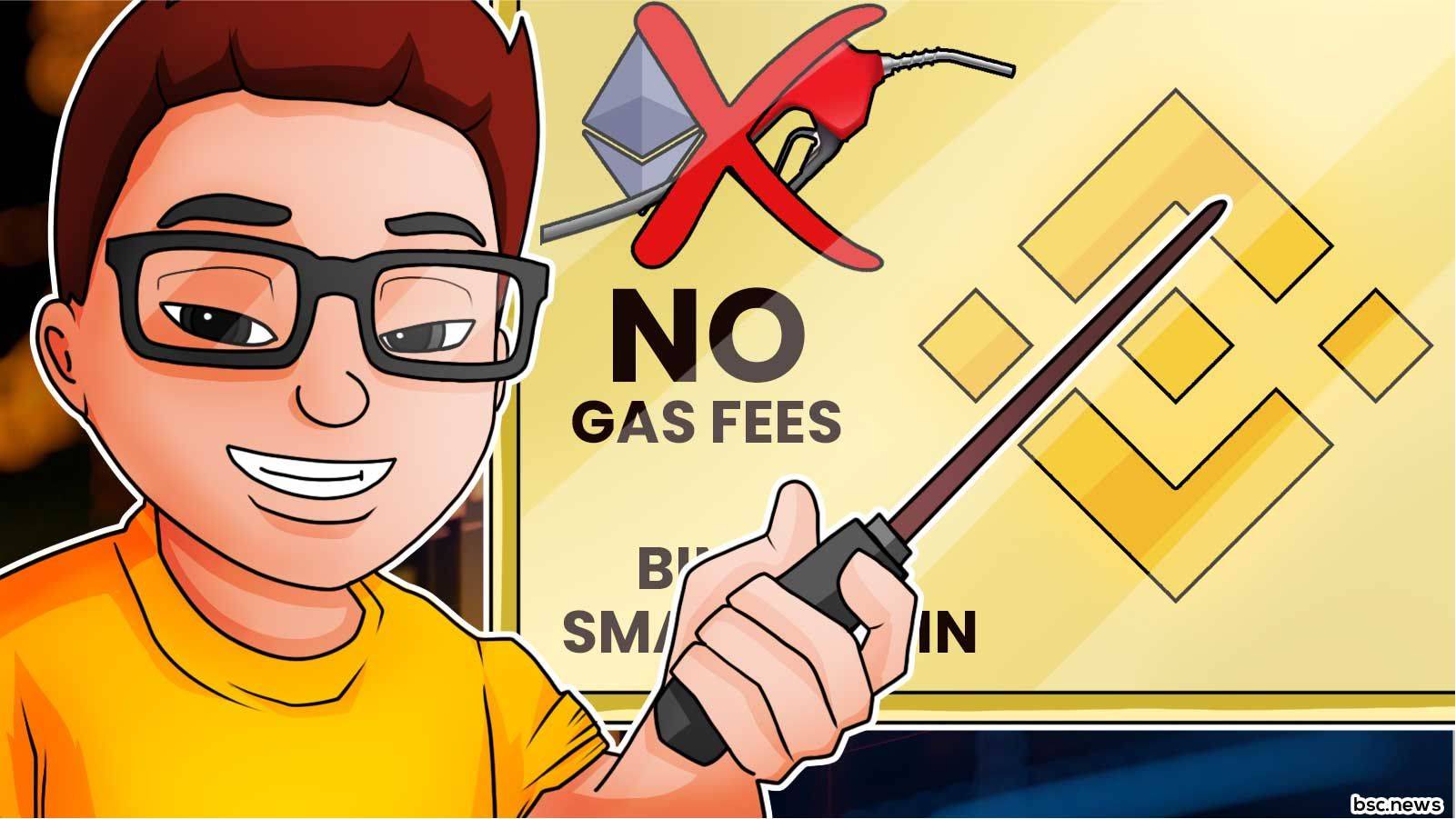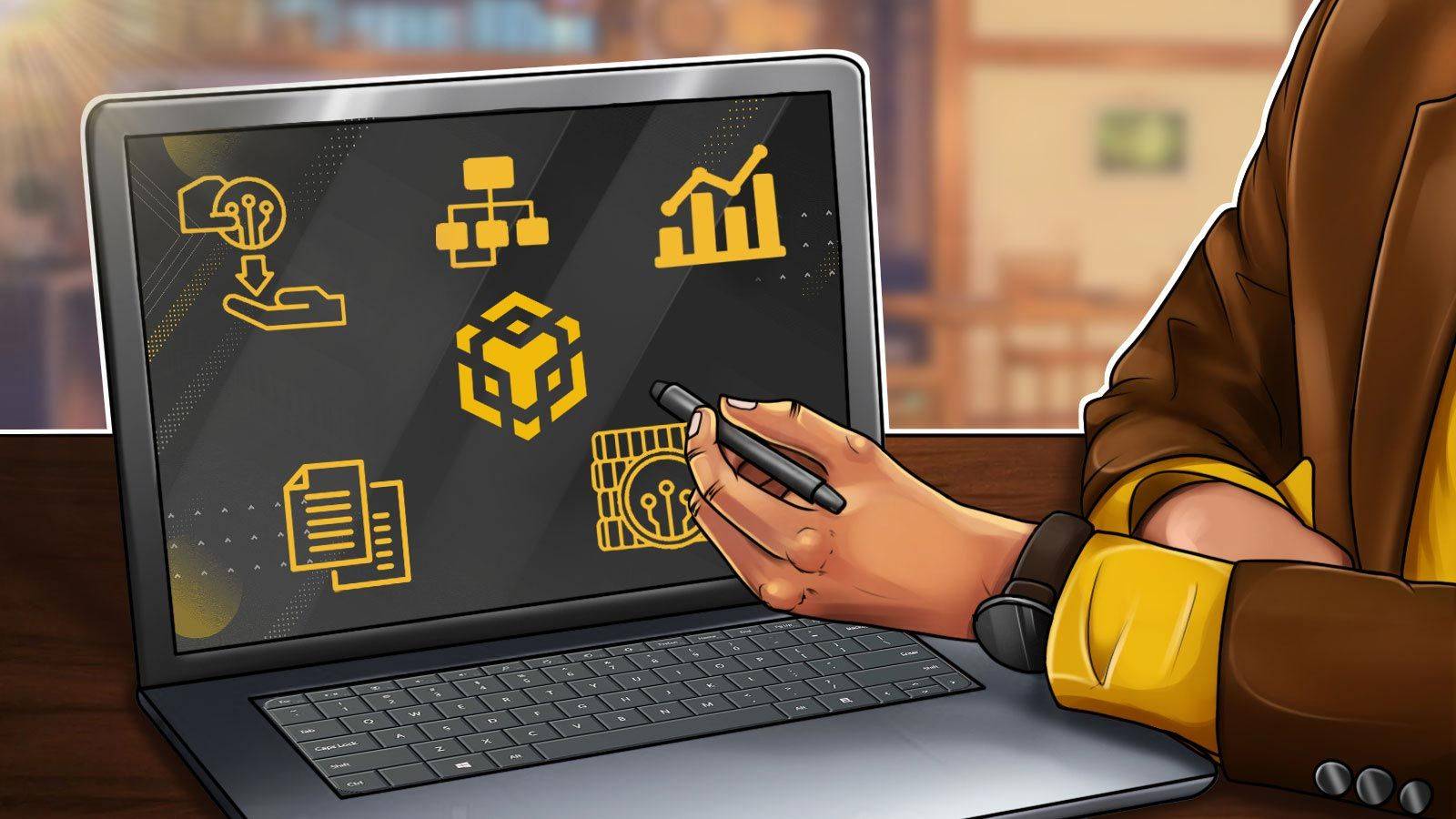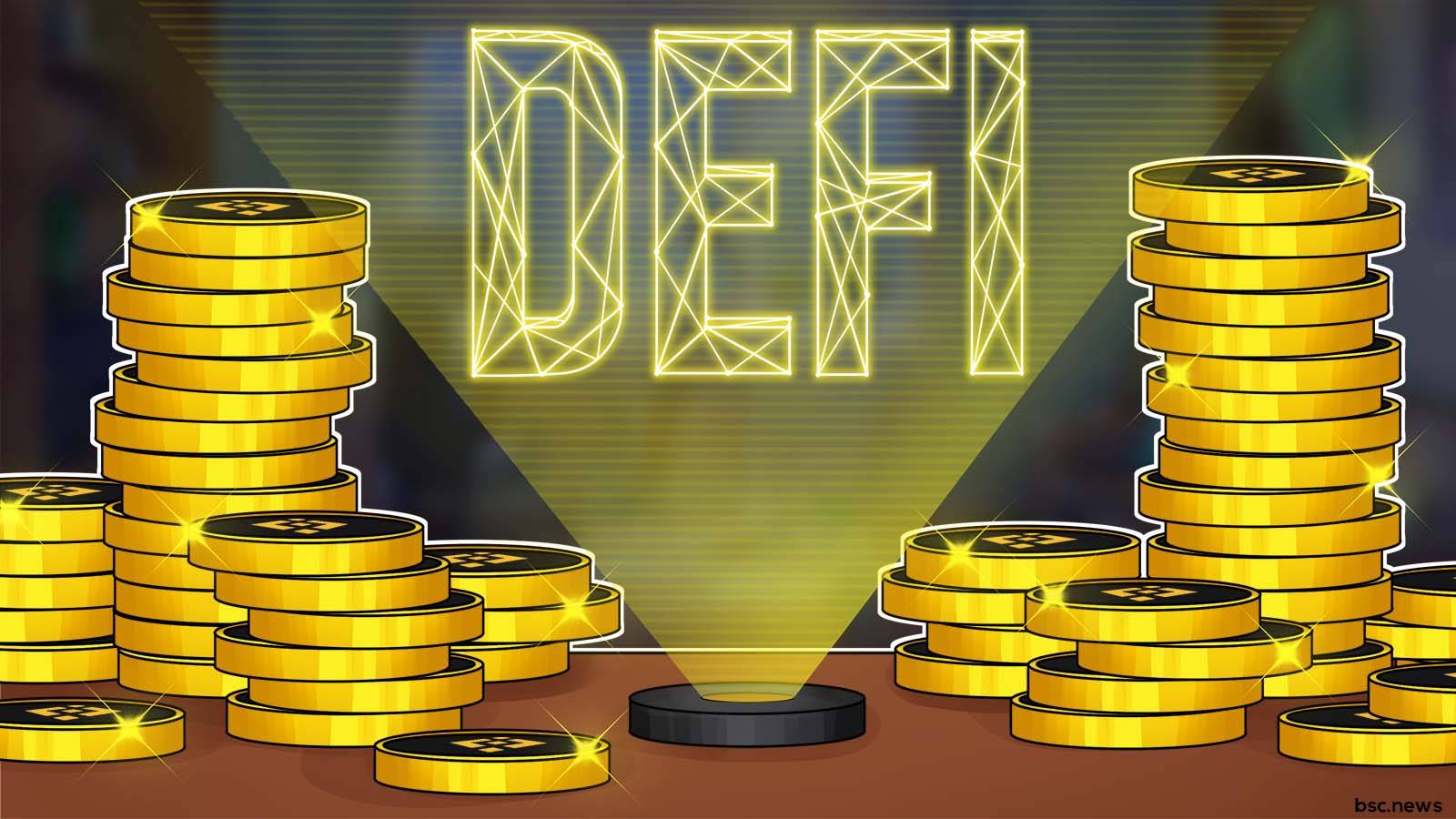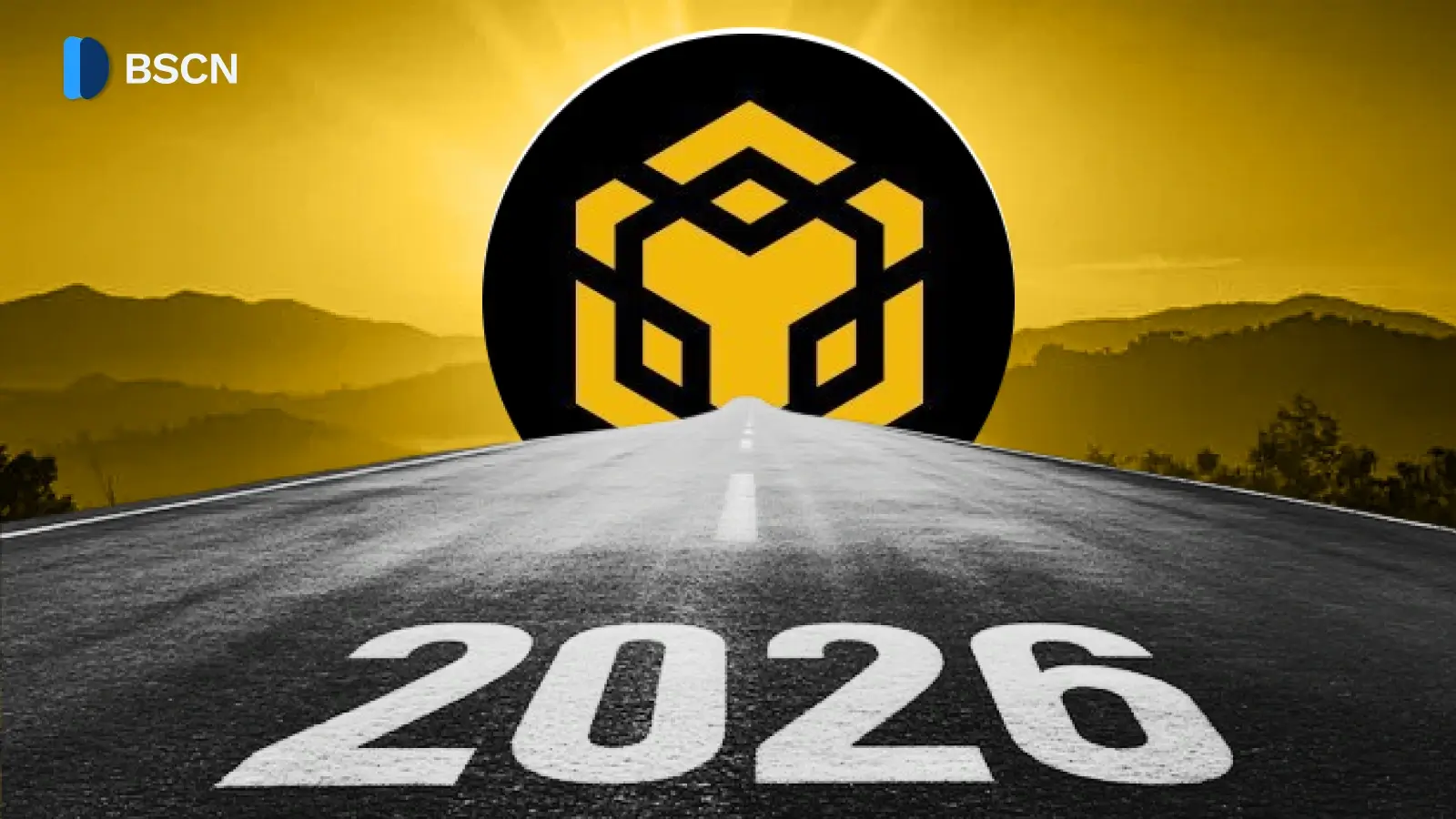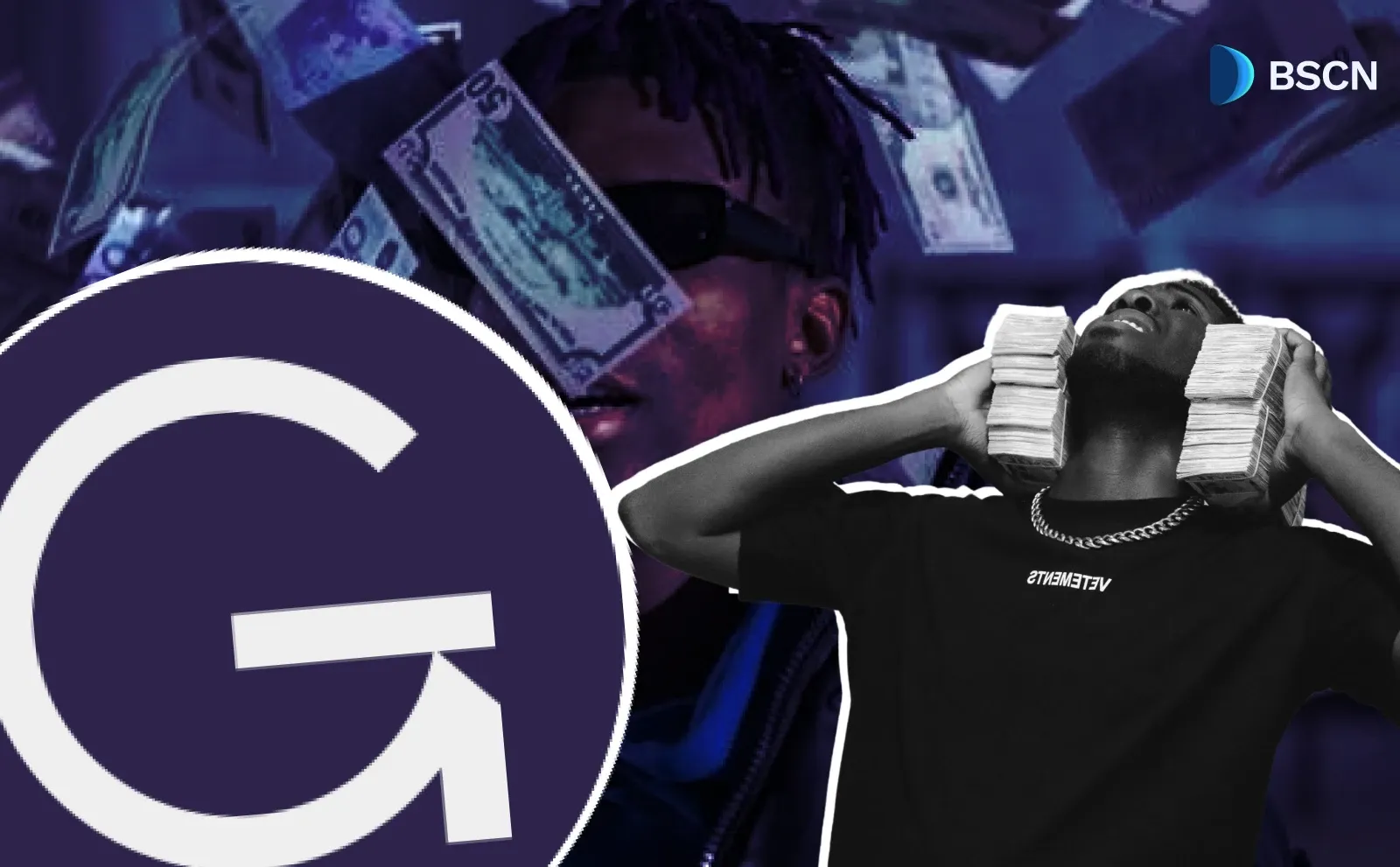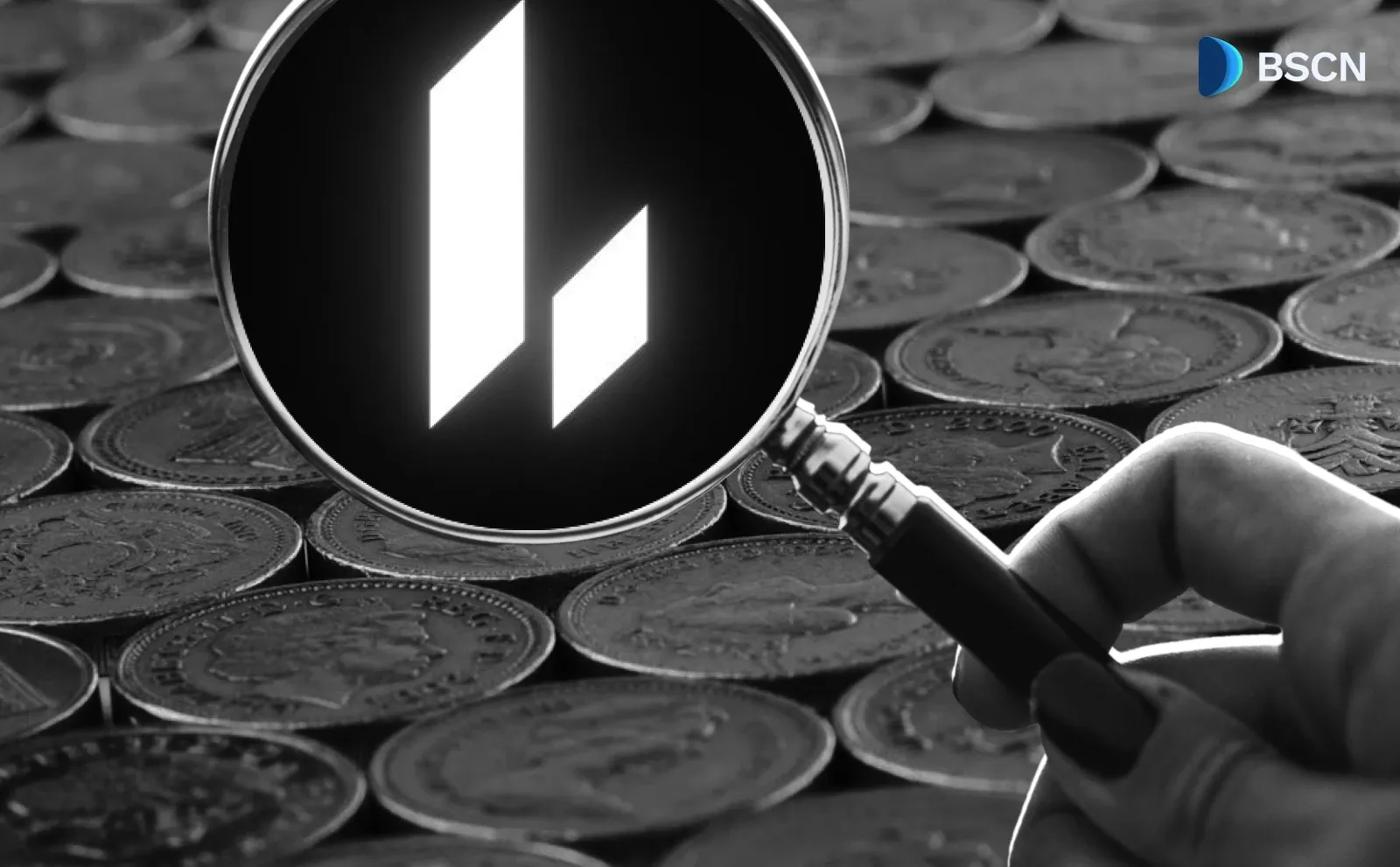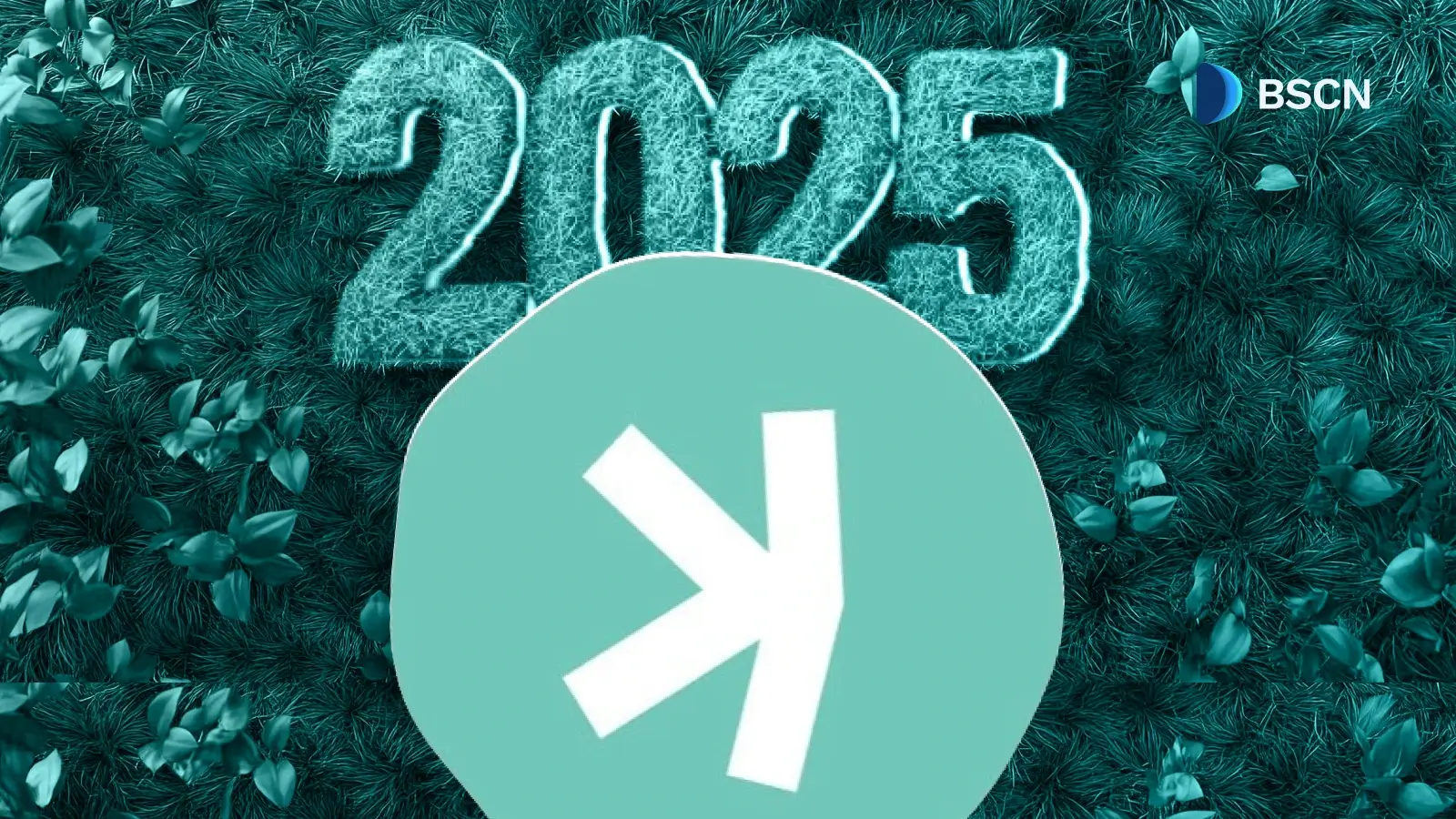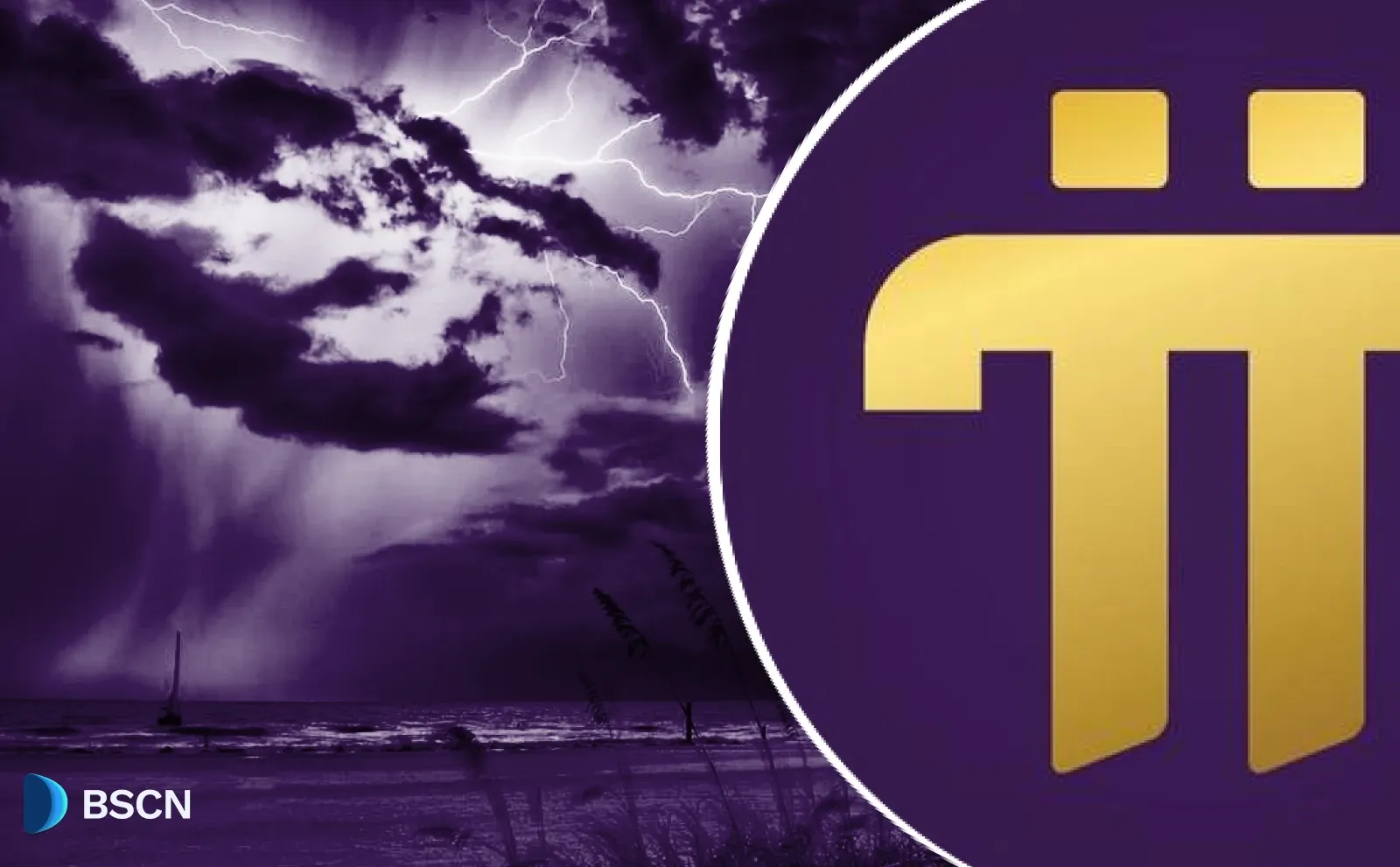BNB
(Advertisement)
What is Tokenized Bitcoin on BNB Chain

Binance's BTCB has provided a pathway for Bitcoin owners to have access to the benefits of BSC. With BTCB, developers can now incorporate Bitcoin into their DApp design.
BSCN
March 27, 2021
(Advertisement)
Table of Contents
Introduction to Cryptos
Without a doubt, Bitcoin is the flagship of cryptocurrencies. To start with, It was the first cryptocurrency created. In terms of adoption, no other crypto asset has as much universal adoption as Bitcoin. Market history shows that the price movement of Bitcoin pulls that of other cryptos in whichever direction it goes. Other parameters such as market capitalization and daily volume of trade etc., all point to the fact that Bitcoin is the dominant cryptocurrency in many ways. Yet, for all its dominance and utility, Bitcoin still has limitations.
The application of blockchain technology has evolved beyond the Bitcoin blockchain. Right now, the decentralized finance ecosystem is experiencing rapid growth. Much of Decentralized Finance (DeFi) activity currently takes place in other blockchains other than Bitcoin's. Though bitcoin has massive liquidity, DeFi could not benefit much from it. This was due to the lack of interoperability between blockchains. Tokenized Bitcoin was developed to make bitcoin's massive liquidity available to DeFi users.
What is Tokenized Bitcoin?

Simply put, tokenized bitcoin is an alternative bitcoin designed to function in another blockchain environment. It is issued on a particular blockchain with its value pegged to actual bitcoin value.
Tokenized bitcoin makes it possible to transfer liquidity from Bitcoin to another blockchain platform. This is especially useful for users of decentralized applications. Tokenized bitcoin is a replica of bitcoin's real value: it is pegged to the value of bitcoin 1:1. It is also interchangeable; you can easily convert the tokenized equivalent to the actual bitcoin.
BNB Chain's Tokenized Bitcoin
Binance has introduced its version of tokenized Bitcoin to the BNB Chain (BSC) network. The token is called the BTCB. The innovation is in keeping with Binance's philosophy of improving the experience of its users. There are many applications on BSC that are not found on Bitcoin's native blockchain. BTCB was introduced to help BSC users maximize the benefits of the BSC. Some of these benefits include faster transaction speeds, low gas fees etc.
How Does Binance's Tokenized Bitcoin Work?
Bitcoin is tokenized through the wrapping technique. Wrapping involves locking an asset in a smart contract and minting counterpart tokens for use in another blockchain. When it is desired to revert back, the counterpart tokens are burned and the locked tokens released. Wrapping enables the cross-chain transfer of liquidity across different blockchains.
There are two approaches to wrapping. The first one is custodial, in which case a trusted central authority manages the minting and burning process. The second case is an automated on-chain process that does not require a trusted custodian's oversight.
Binance provides BTCB using the custodial approach. It is worth mentioning that the burden of risk is borne by Binance, which is better for a user. The other alternative is the non-custodial approach which would put the user's risk or smart-contract error solely on the user's shoulders.

BTCB is issued through Binance's Bridge service. This service enables a user to wrap and unwrap tokens from one blockchain to another. The whole process is not complicated and is done through an easy-to-use interface.
Minting BTCB is a straightforward process. You first deposit the amount of Bitcoin to Binance. Binance will then keep your deposited BTC in a multi-signature cold storage wallet and issue you an equivalent amount of BTCB. Thereafter, you can make use of your BTCB on supporting BSC DeFi platforms. Here is a guide on how to use the Binance Bridge.
Uses of BTCB
- Bitcoin is the most liquid cryptocurrency as of today. It will likely remain so for a long time into the future. The BNB Chain is also the fastest-growing ecosystem for decentralized applications. BTCB will make it possible for developers to integrate Bitcoin into their smart contracts.
- You can hold Bitcoin and still make money at the same time. Many DeFi platforms such as Beefy, ForTube etc. offer yield-farming and lending services that support BTCB. Most people who hold Bitcoins would want to hold it to sell later after the value appreciates. They can put it in a vault, access loans, or yield-farm on the platforms above and earn some interest or new tokens while holding.
- The BNB Chain has fast transaction time and low gas fees as core strengths. With BTCB, you can carry out trades on BSC platforms such as Pancakeswap, Bakeryswap etc. Such transactions are confirmed much faster on BSC than Bitcoin blockchain. You also pay far lesser gas fees. Thus BTCB gives users one more route to access the low fees and fast speed of BNB Chain.

Final Words on Tokenized Bitcoin
The year 2020 saw Bitcoin surpass its all-time high, raising BTC's liquidity profile further. The world is moving fast towards full-scale decentralized finance, and BTC's liquidity must flow through DeFi. Binance's BTCB has provided a pathway for Bitcoin owners to have access to the benefits of BSC. With BTCB, developers can now incorporate Bitcoin into their DApp design. Overall, holders of BTC can have the best of both worlds: hold BTC to sell when the value appreciates while simultaneously profiting from DeFi platforms during the holding time.
Don’t forget to download the BSC News mobile application on iOS and Android to keep up with all the latest news for BNB Chain and crypto! Check out the DeFi Direct Linktree for all the access links!
For those looking for tools and strategies regarding safety and crypto education, be sure to check out the Tutorials, Cryptonomics Explainers, and Trading Tool Kits from BSC News.
Read Next...
Disclaimer
Disclaimer: The views expressed in this article do not necessarily represent the views of BSCN. The information provided in this article is for educational and entertainment purposes only and should not be construed as investment advice, or advice of any kind. BSCN assumes no responsibility for any investment decisions made based on the information provided in this article. If you believe that the article should be amended, please reach out to the BSCN team by emailing [email protected].
Author
 BSCN
BSCNBSCN's dedicated writing team brings over 41 years of combined experience in cryptocurrency research and analysis. Our writers hold diverse academic qualifications spanning Physics, Mathematics, and Philosophy from leading institutions including Oxford and Cambridge. While united by their passion for cryptocurrency and blockchain technology, the team's professional backgrounds are equally diverse, including former venture capital investors, startup founders, and active traders.
(Advertisement)
Latest News
(Advertisement)
Crypto Project & Token Reviews
Project & Token Reviews
Comprehensive reviews of crypto's most interesting projects and assets
Learn about the hottest projects & tokens
